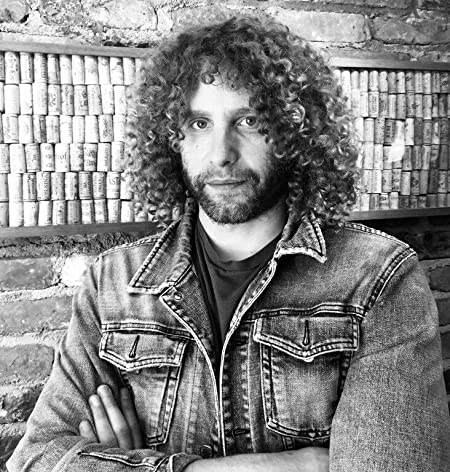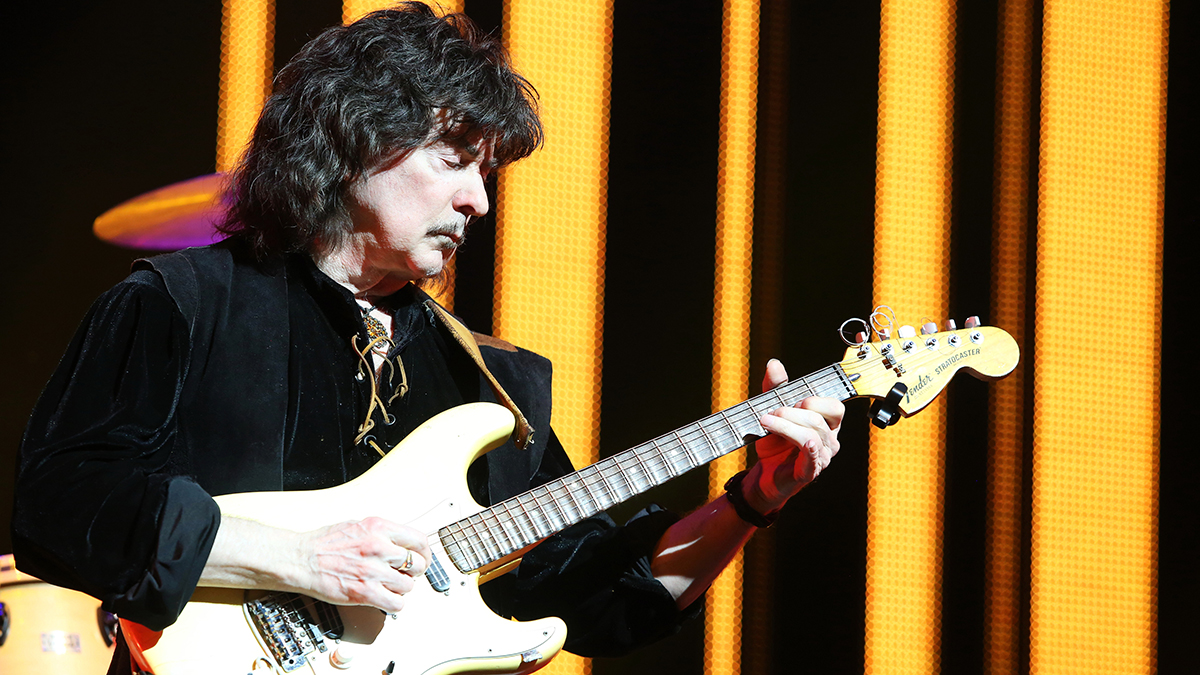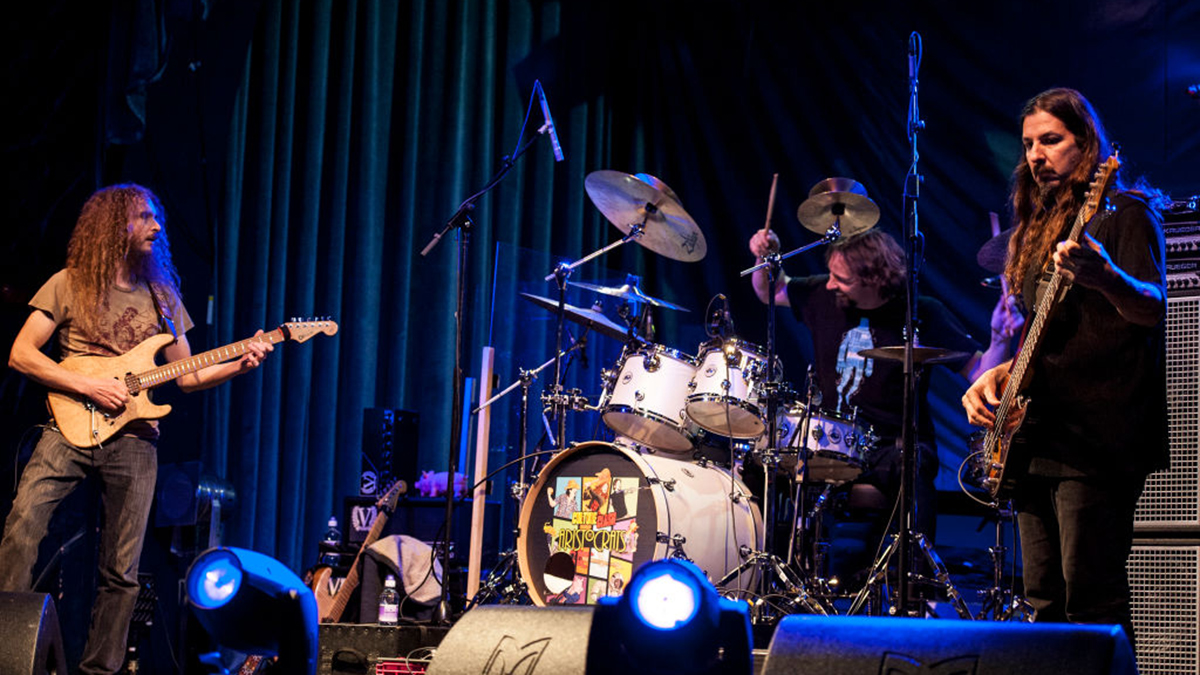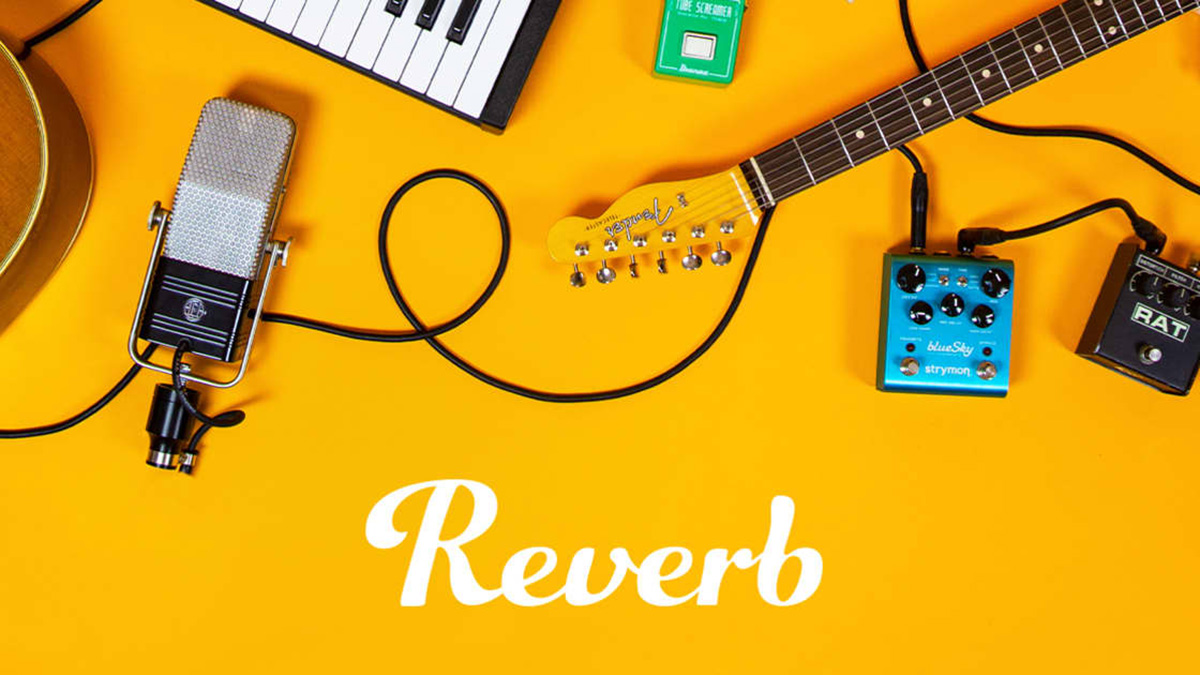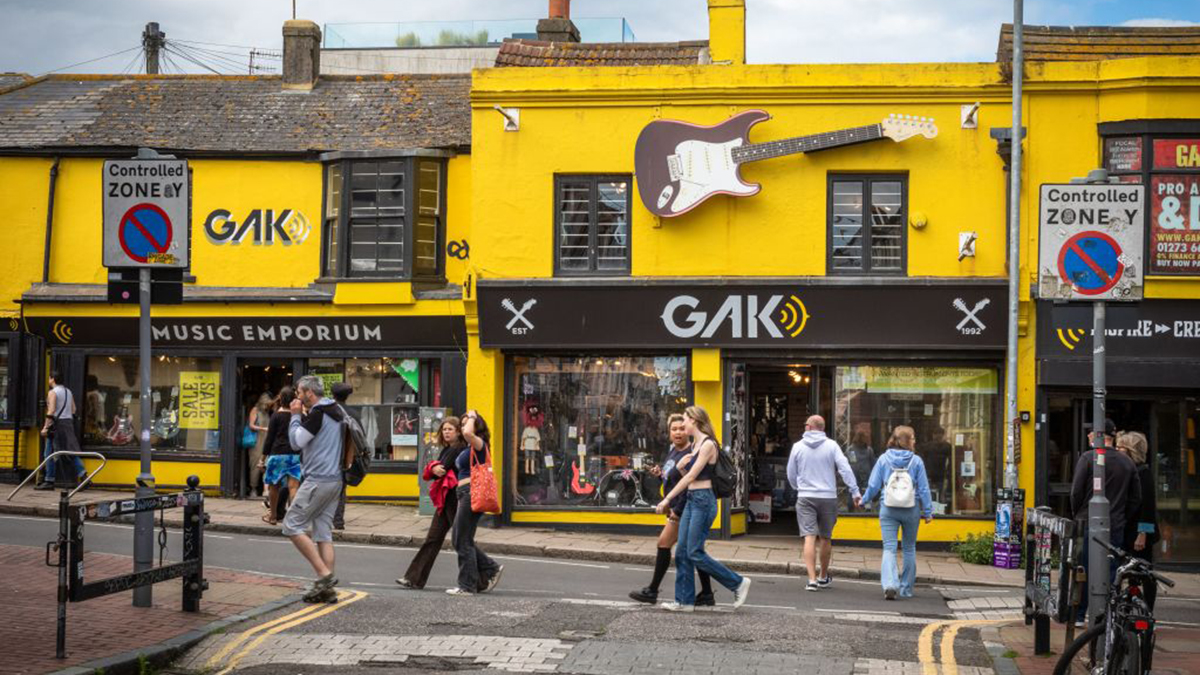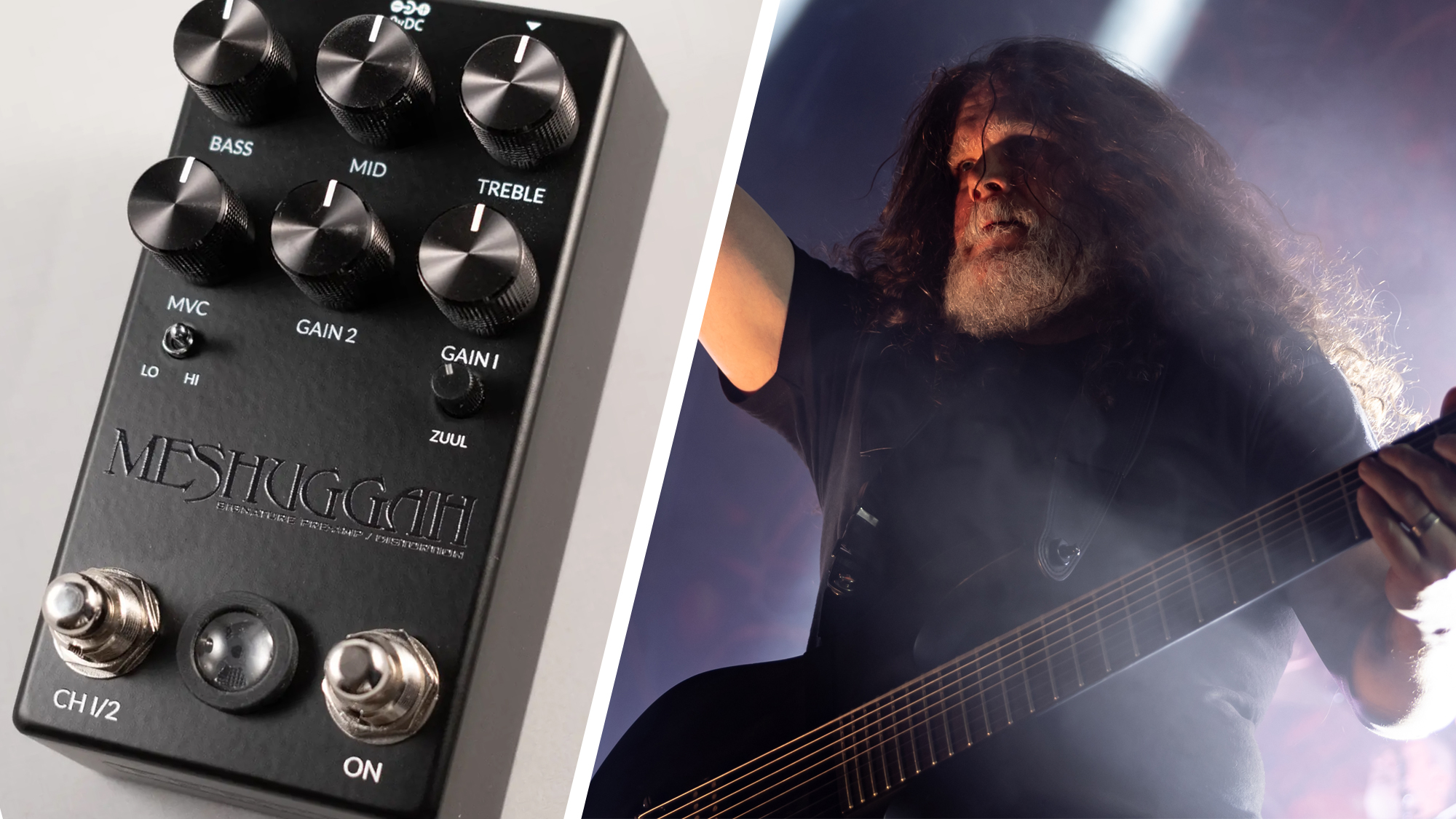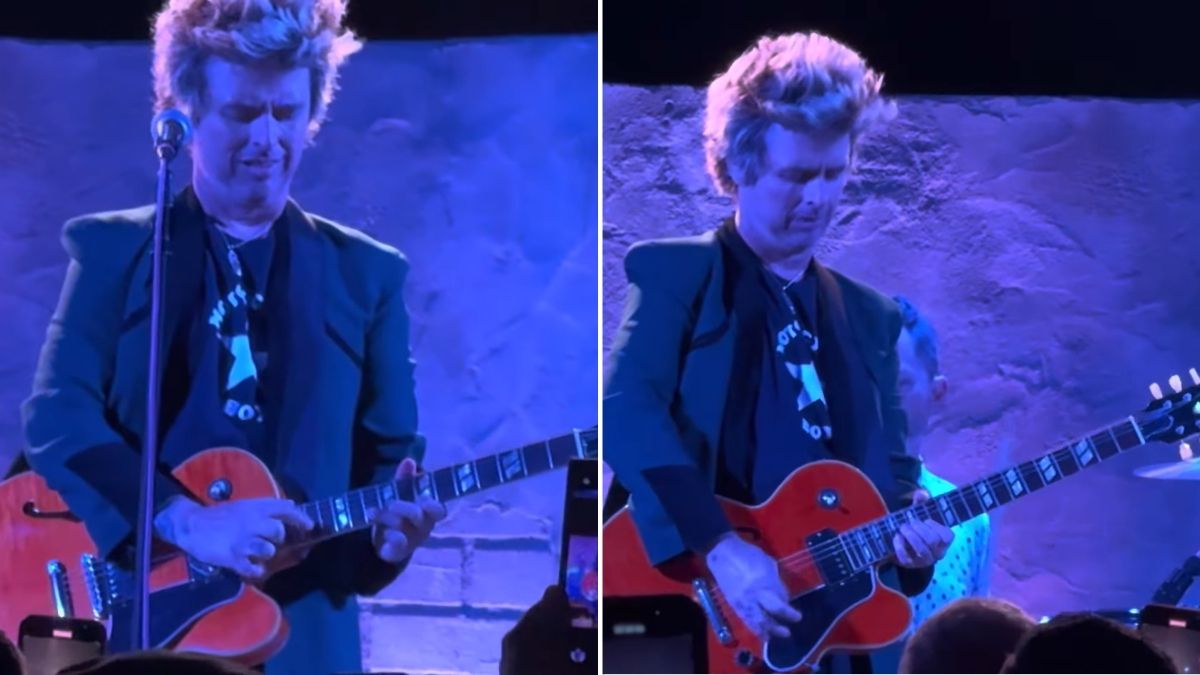Danelectro’s new Baby Sitar promises to conjure the sounds of the psychedelic ‘60s
Reissue of the classic model features gourd-shaped body, thermometer headstock and Gotoh “buzz bridge”
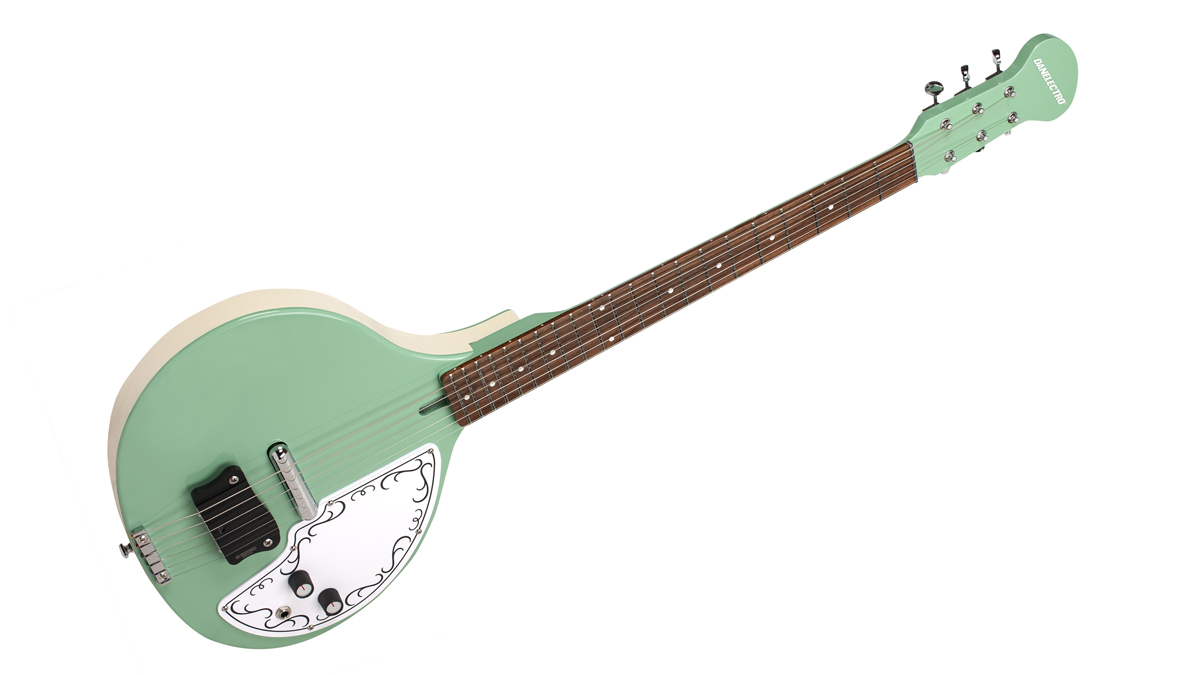
For anyone looking to nail the sitar sounds central to rock classics like the Rolling Stones’ Paint It, Black and the Beatles’ Norwegian Wood, feast your eyes on Danelectro’s newly reissued Baby Sitar.
Originally launched in 1968, the model made it possible for electric guitar players to replicate sitar tones without having to learn to play an entirely new stringed instrument.
The new version features a gourd-shaped body finished in an all-over Vintage Aqua, with a white decorated Curly Cue scratchplate and “thermometer-shape’” headstock.
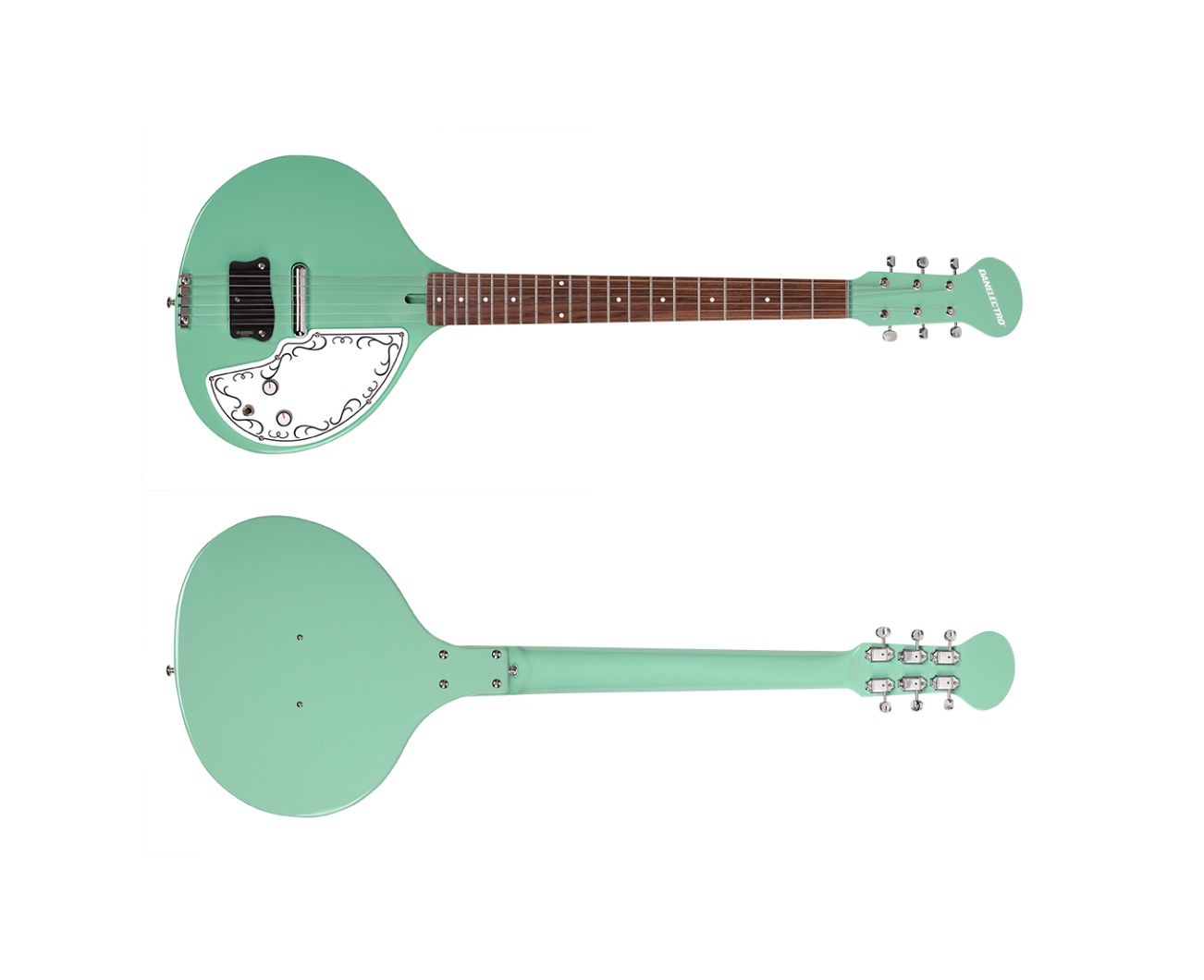
The secret to the guitar’s authentic sitar tones is the Gotoh “buzz bridge,” which features scalloped grooves for each string and is adjustable to allow for the amount of required sitar effect.
There’s also a single Danelectro lipstick pickup, single volume/tone controls, high gloss neck, smooth 21 fret rosewood fingerboard, vintage style chrome tuners and a precision-cut aluminum nut.
For more information, head to Danelectro.
Get The Pick Newsletter
All the latest guitar news, interviews, lessons, reviews, deals and more, direct to your inbox!
Rich is the co-author of the best-selling Nöthin' But a Good Time: The Uncensored History of the '80s Hard Rock Explosion. He is also a recording and performing musician, and a former editor of Guitar World magazine and executive editor of Guitar Aficionado magazine. He has authored several additional books, among them Kurt Cobain: Montage of Heck, the companion to the documentary of the same name.
“I didn’t think anybody would believe I got it from George Harrison. I figured they’d call me a liar”: Vintage guitar guru Norman Harris names the 5 most memorable guitars that have come through Norman's Rare Guitars
“What blew me away was that everyone wanted the curly maple top. People were calling, saying, ‘I’ve got to have the bird inlays’”: Paul Reed Smith on raising the Standard 24, finally cracking the noise-free guitar and why John Sykes is a tone hero
